Necessary policies
At the Forum: “Promoting the development of green buildings in Vietnam: Experience and Solutions”, held recently, Vice Chairman of Hanoi People’s Committee Duong Duc Tuan stated that the development of green buildings and smart urban infrastructure is inevitable. In particular, green buildings are the core factor that helps minimize the negative impacts of urban development on the environment.
The buildings are designed to optimize the use of energy and natural resources, through the application of environmentally friendly materials, energy-saving solutions, the use of renewable energy, and the reduction of greenhouse gas emissions. In particular, developing green spaces in the building helps improve the microclimate, creating a fresh living space, and improving the health of users.
In addition, developing green buildings and smart urban infrastructure is a strategic task, turning Hanoi into a Green - Smart - Modern City, worthy of its position as the Capital.
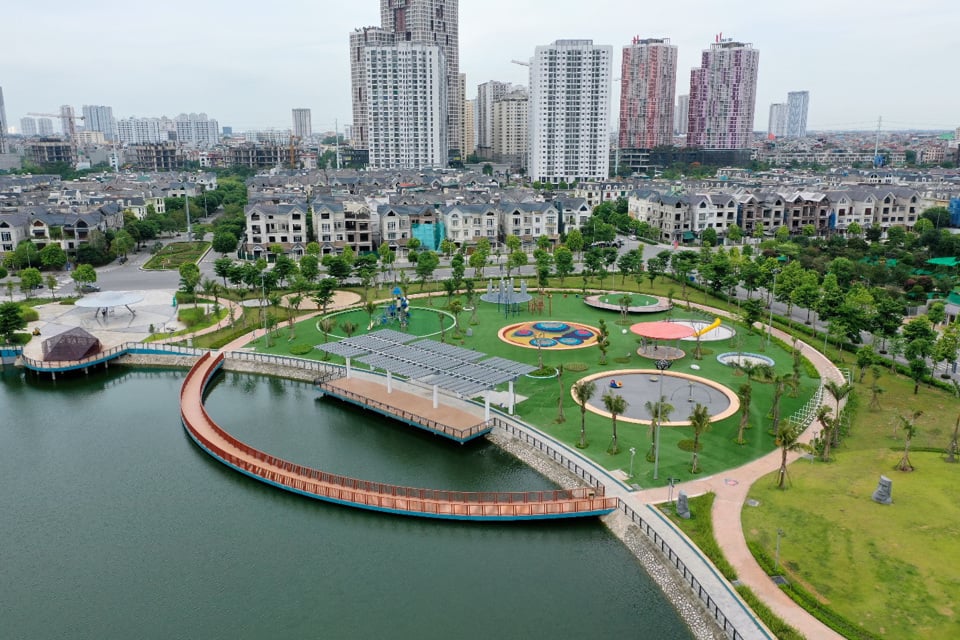
To develop green buildings and smart infrastructure, the Hanoi People's Committee has issued many important policies to help develop the capital sustainably. Specifically, the Resolution of the 17th Congress of the Hanoi Party Committee on October 13, 2020 set out a vision to 2030, building Hanoi into a Green - Smart - Modern City. The Resolution focuses on developing and expanding green areas, ensuring that construction works comply with energy saving standards and reduce greenhouse gas emissions.
Program No. 03-CTr/TU dated March 17, 2021 of the Hanoi Party Committee on "Urban beautification, urban development and urban economy of Hanoi City in the period of 2021 - 2025"; Plan No. 216/KH-UBND dated August 21, 2023 of the Hanoi People's Committee were issued to implement Resolution No. 06-NQ/TW of the Politburo on sustainable urban development with a target of 2030.
Decision No. 4281/QD-UBND dated August 28, 2023 of the Hanoi People's Committee sets out a number of specific requirements and standards on green building development; building a mechanism to encourage the use of renewable energy and environmentally friendly materials in construction, minimizing environmental impacts, and continuing to develop legal documents to implement the Capital Law 2024, focusing on building regulations, mechanisms and policies to promote the development of green cities, smart cities and sustainable development with many green buildings.
Specific activities
Dr. Architect Ta Quoc Thang - Department of Planning and Architecture (Ministry of Construction) emphasized that one of the fundamental factors for developing green buildings is urban planning and architecture towards green and sustainable development, creating momentum for the trend of developing green buildings in Vietnam. The trend of green architectural design has helped Vietnamese architecture form a number of typical buildings, creating a premise for developing green buildings.
In Hanoi, there are Genesis Inter-level School (Tay Ho district); Concordia International School (Dong Anh); Dophin Plaza apartment building (Nam Tu Liem district); United Nations headquarters building in Vietnam; Vietnam Securities Depository and Clearing Corporation, high-tech complex and Samsung R&D Center (Bac Tu Liem district); Ecohome3 project (Nam Tu Liem district).
With a sense of responsibility and determination to develop Hanoi into a green, smart and sustainable city, according to the representative of the Department of Industry and Trade, responding to the National Action Program on economical and efficient use of energy, specific goals have been set.
In particular, the city strives to save 5-7% of total energy consumption; reduce power loss to less than 4% and recognize 330 facilities and construction works in the city as green energy users.
Regarding green and smart urban development, new construction projects must dedicate at least 20% of their area to green space, ensuring harmony between urban development and environmental protection. Develop a green transport system with a plan for 15 urban railway lines, with the goal of completing 96.8km by 2030 and a total length of 616.9km by 2045. Strive to achieve 12 - 14m2 of greenery per person by 2030.
In addition, research on the application of BIM model in construction works, training and coaching aims to remove obstacles for management units and investors. Thereby helping stakeholders proactively apply BIM in the process of implementing projects by approving the application of the model to 8 projects, including 4 projects of renovation, upgrading or new construction.
In addition, to encourage the development of green buildings, a representative of the Department of Industry and Trade said that Hanoi is implementing a program to recognize green energy titles for industrial facilities and construction works. This is the right direction, demonstrating the city's determination to promote sustainable development activities in general.
Dr. Architect Phan Dang Son - Chairman of the Vietnam Association of Architects acknowledged that in reality, there is no system of criteria that requires green conversion of construction works from the general regulations of the State. The registration of green building standards applied and recognized from which set of evaluation criteria is done by the investor himself. Vietnam is having the speed of urbanization with the number of urban areas in the top of the world (by 2024, there will be 902 urban areas), the urbanization speed is quite fast.
Green transformation in construction needs to be implemented from master planning to individual buildings. This includes using energy efficiently, minimizing non-renewable energy, reducing carbon emissions through the use of environmentally friendly materials, and promoting sustainable use of natural resources.
"Green conversion of construction works needs to be urgently implemented with specific, clear and quantitative oriented programs. The assessment must be legally binding on newly formed works and construction complexes or those formed before green conversion" - Dr. Architect Phan Dang Son said.
Previously, green transformation was concentrated only in urban areas. Today, rural areas are developing spontaneously and unsystematically, rapidly shifting from “green” to “gray”, so green transformation in rural areas is becoming as important as in urban areas.
Dr. Architect Phan Dang Son - Chairman of Vietnam Association of Architects
Source: https://kinhtedothi.vn/phat-trien-cong-trinh-xanh-tai-ha-noi-thuc-day-tu-chinh-sach-toi-hanh-dong.html




![[Photo] Unique folk games at Chuong Village Festival](https://vstatic.vietnam.vn/vietnam/resource/IMAGE/2025/4/10/cff805a06fdd443b9474c017f98075a4)


![[Photo] Prime Minister Pham Minh Chinh chairs meeting to discuss tax solutions for Vietnam's import and export goods](https://vstatic.vietnam.vn/vietnam/resource/IMAGE/2025/4/10/19b9ed81ca2940b79fb8a0b9ccef539a)


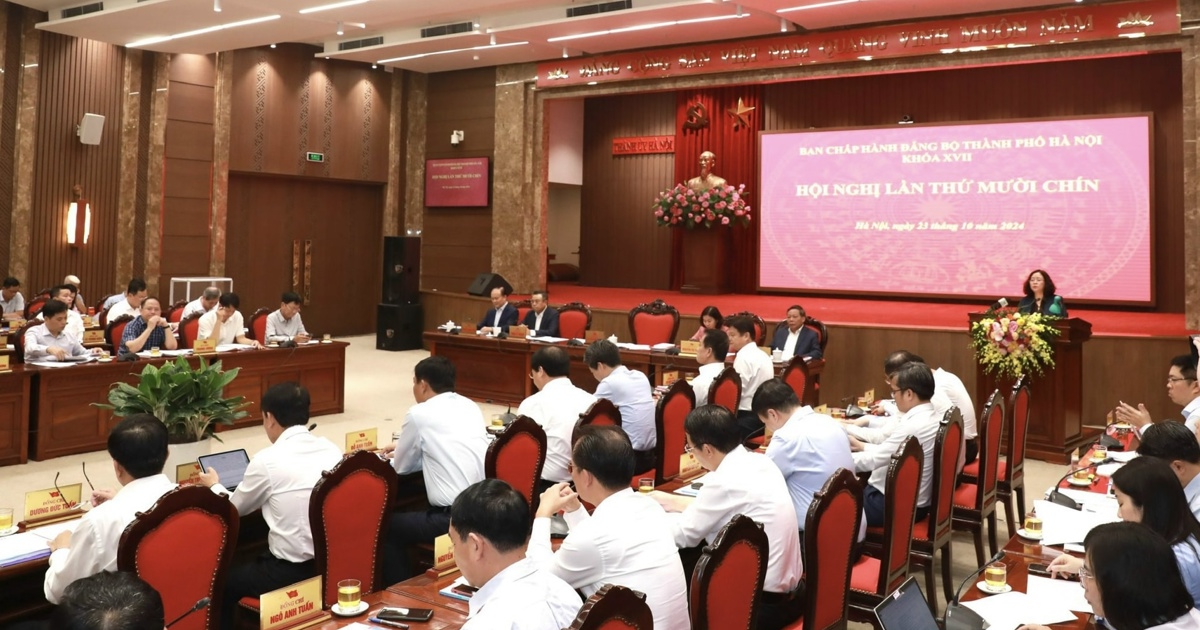
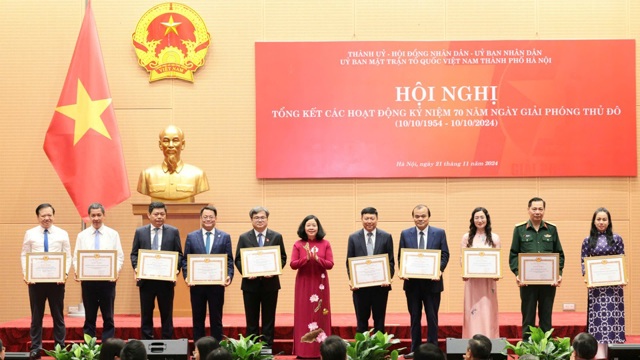
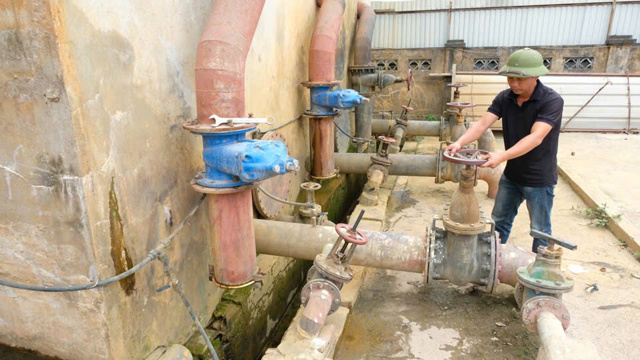
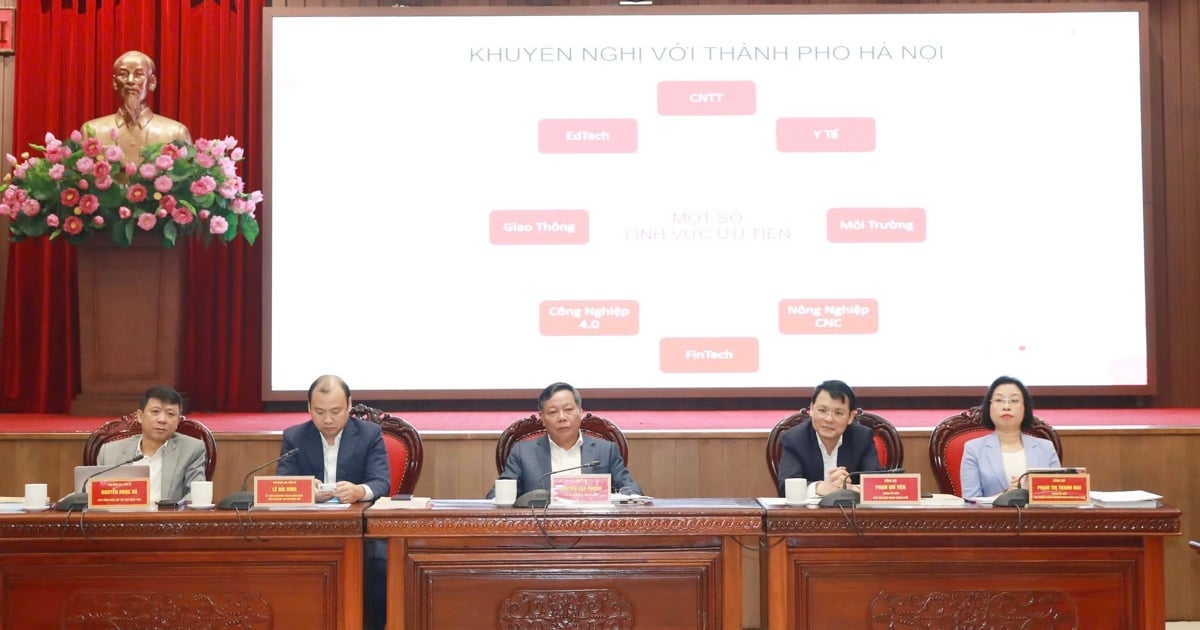
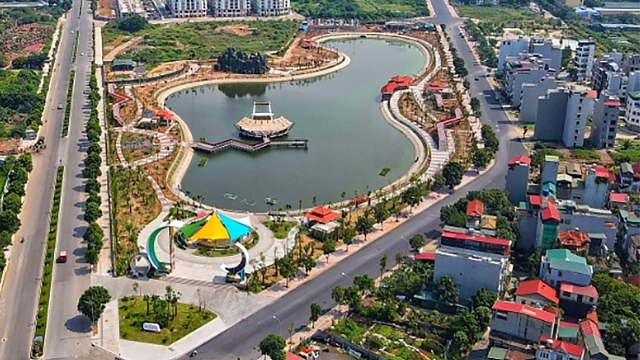
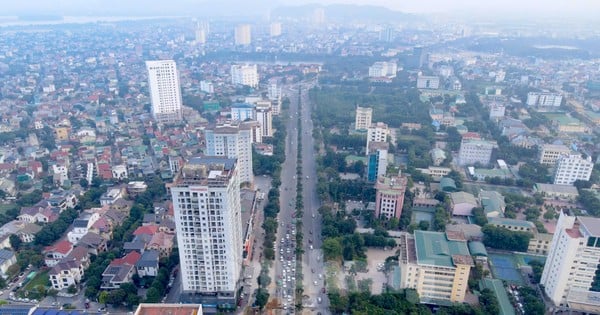
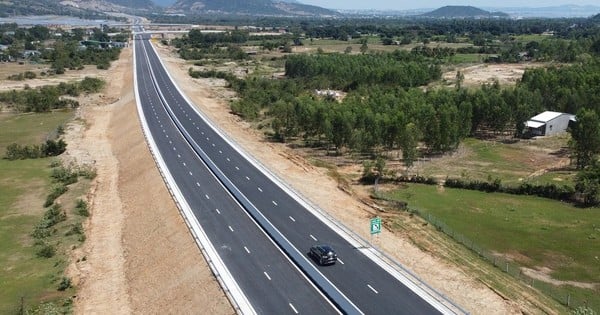
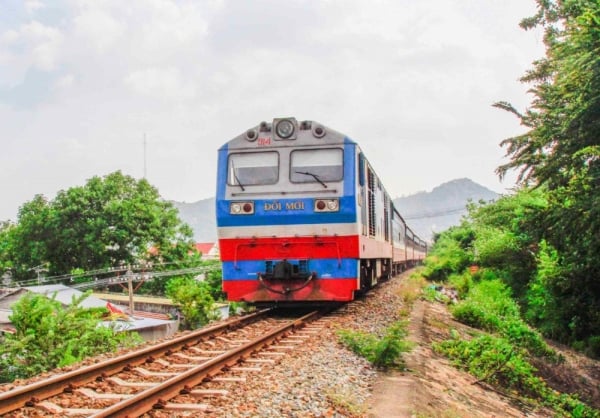
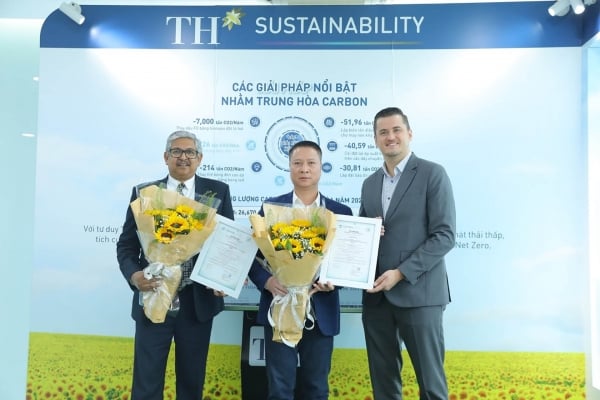

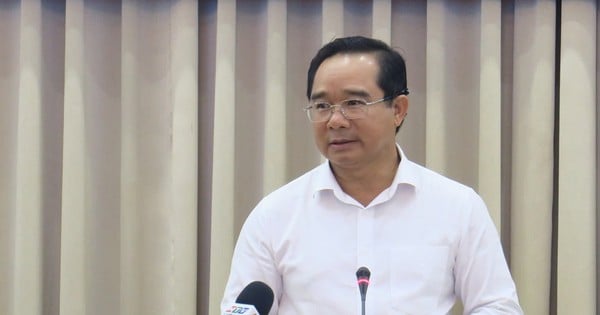





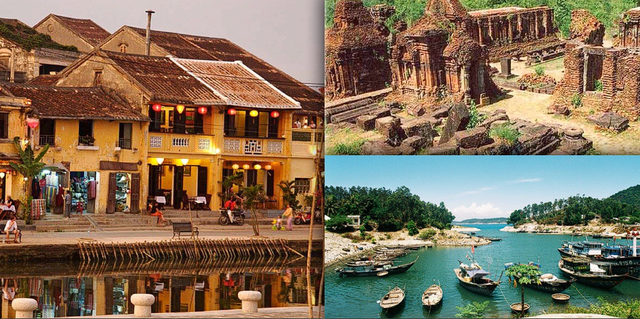
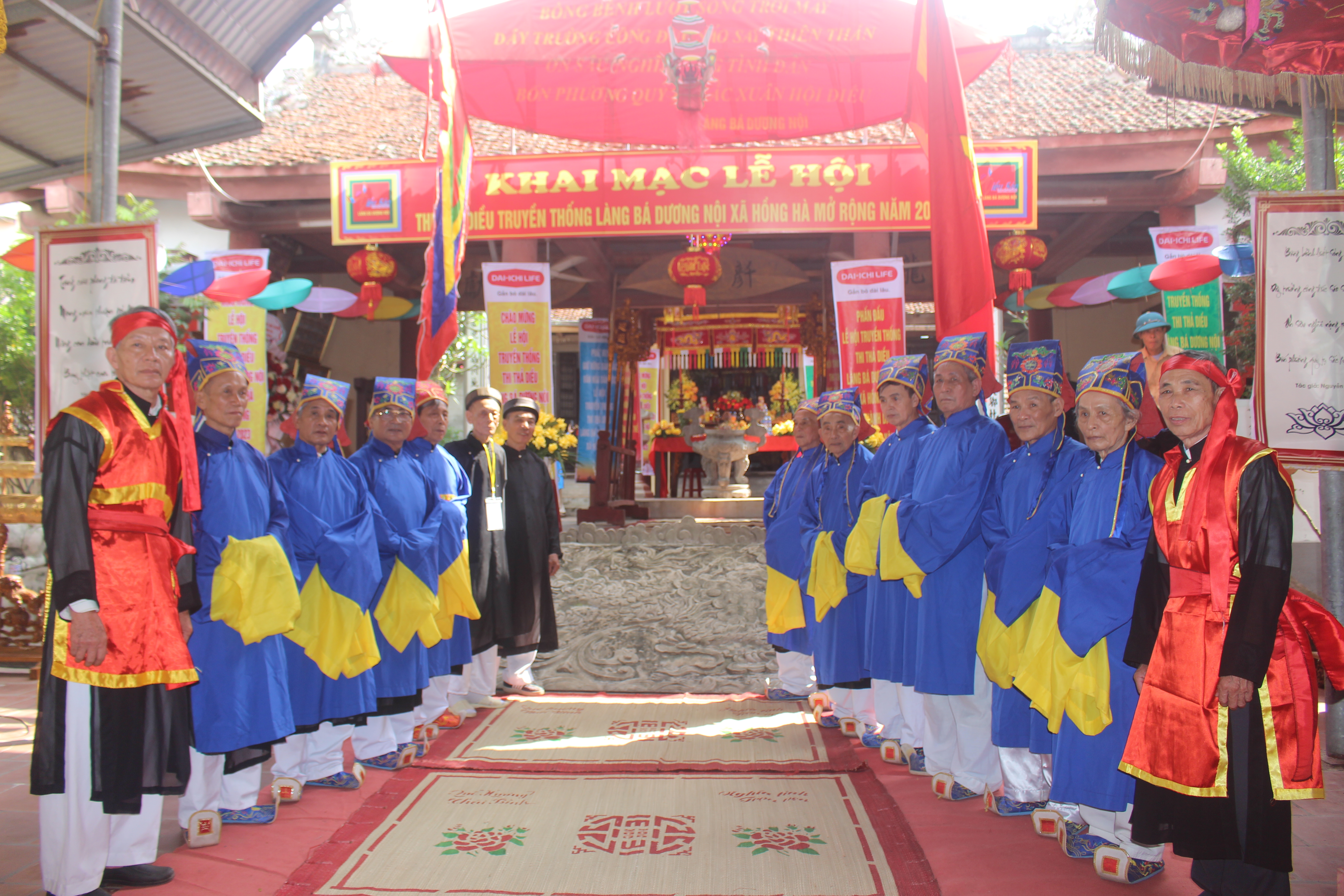

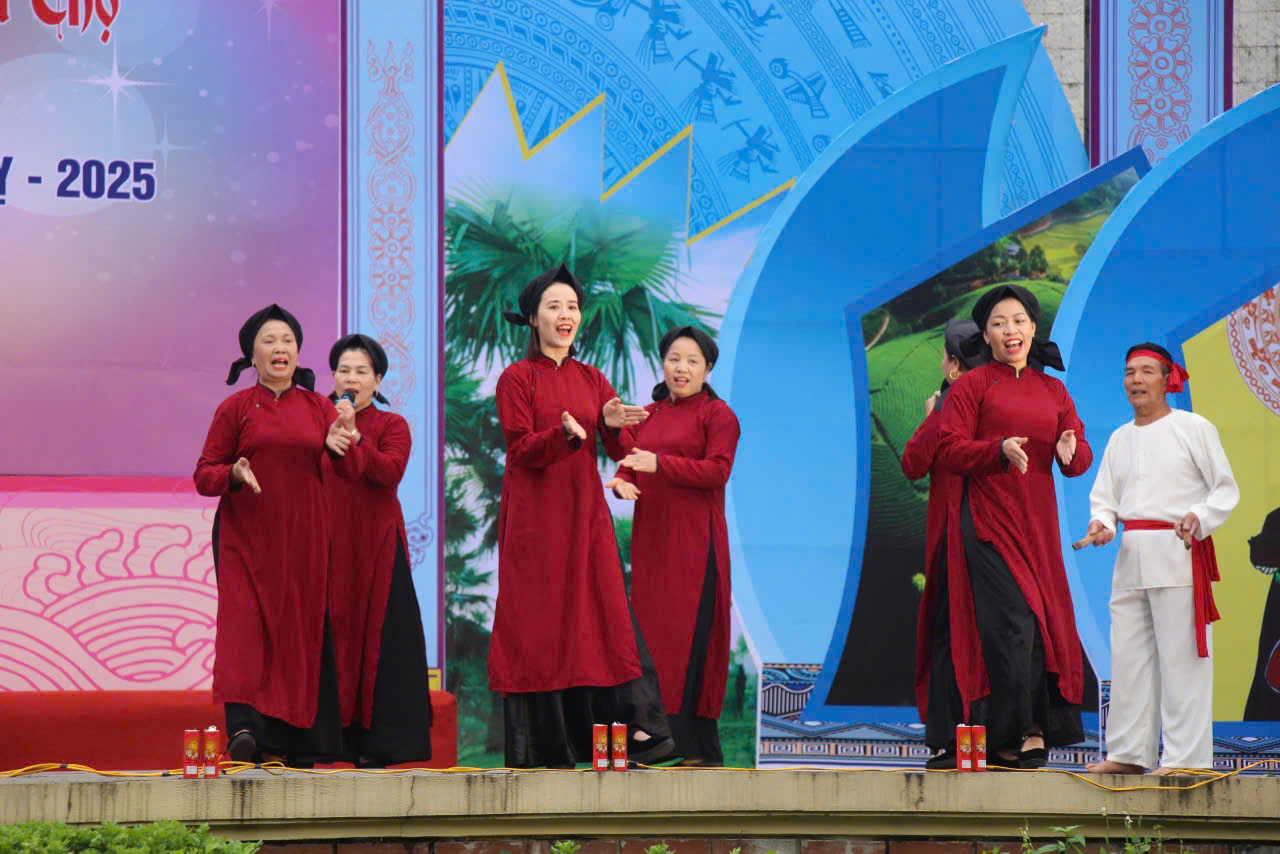

















































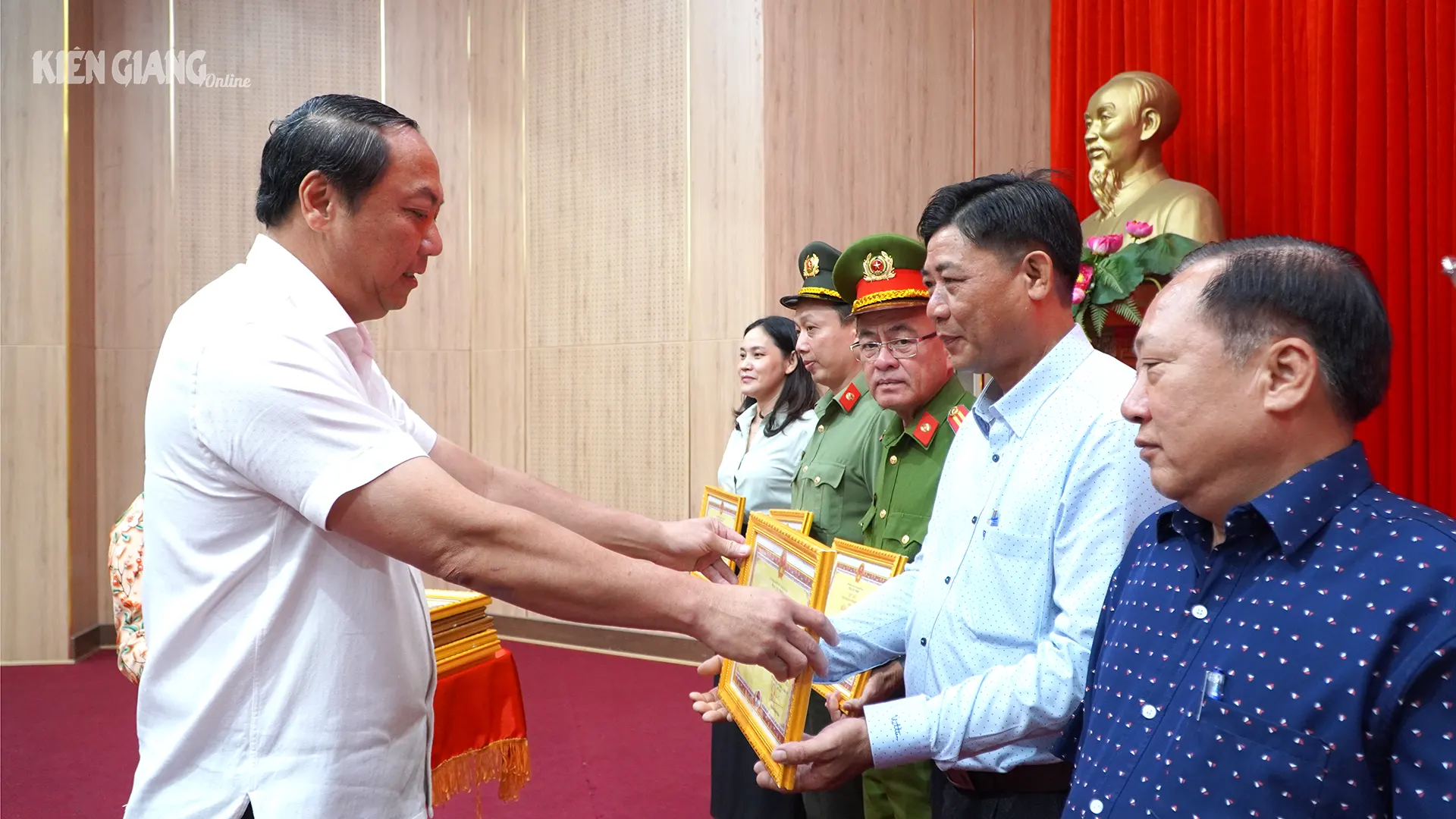
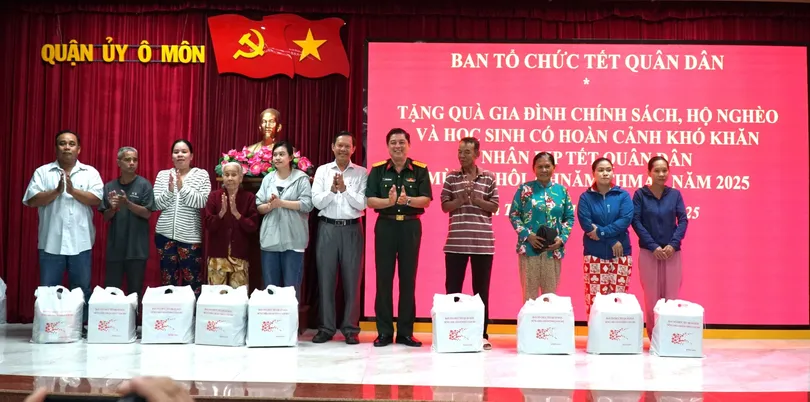

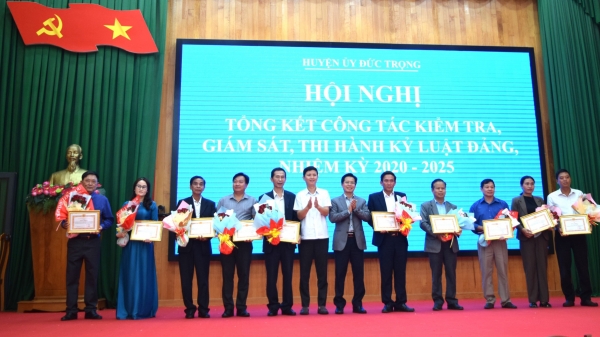

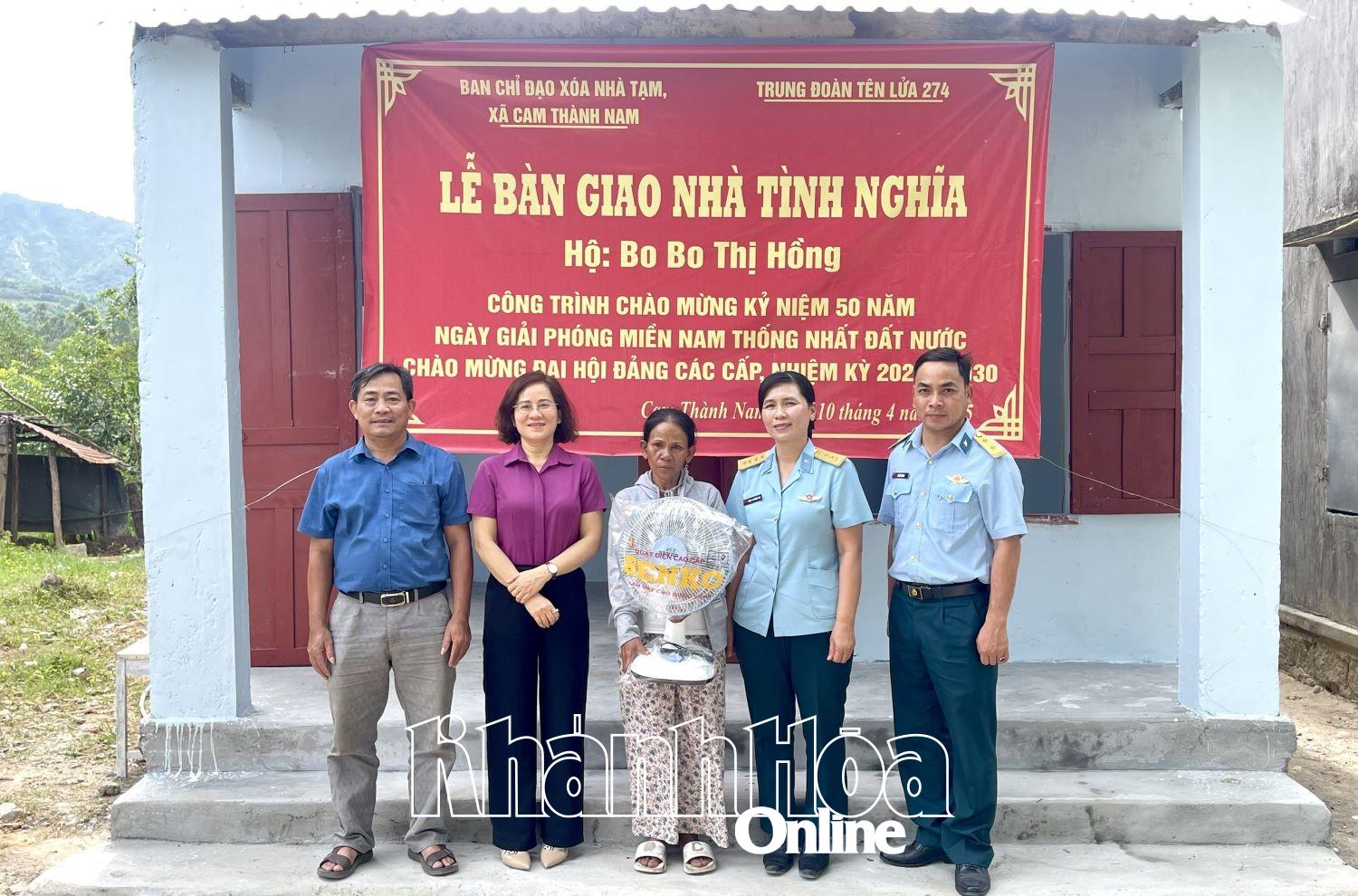










Comment (0)